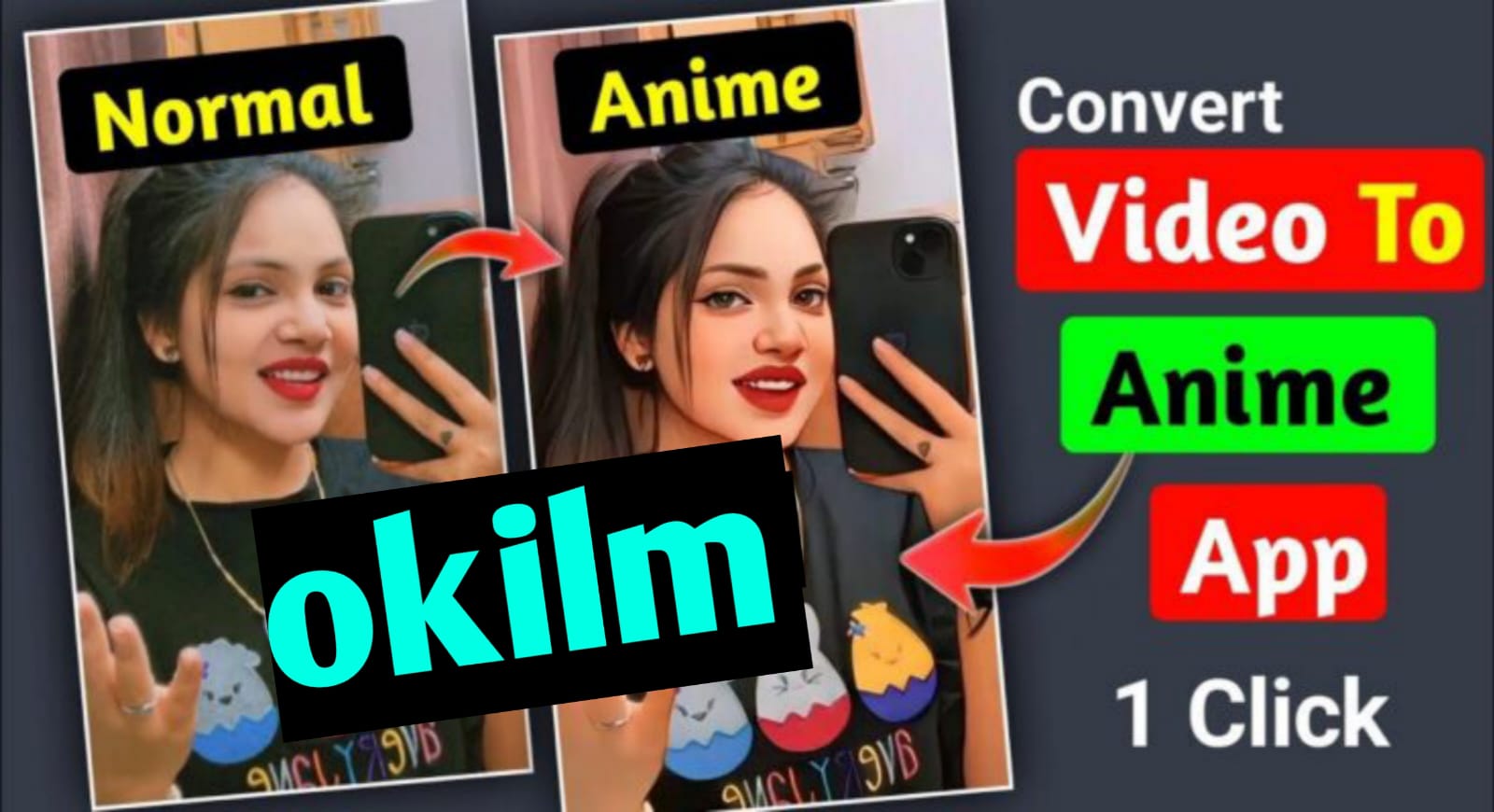Creating an anime video with just one click sounds like something out of a futuristic dream, where technology meets creativity seamlessly. However, as of now, such technology doesn’t quite exist in the literal sense. Anime, with its intricate art style and nuanced storytelling, is typically a product of meticulous hand-drawn animation, digital tools, and a team of talented artists and animators.
That being said, advancements in technology have made it easier than ever to create animations, including anime-style animations, through various software and tools. In this article, we’ll explore the process of creating anime-inspired videos using current technology, step by step. While it won’t be as simple as pressing a single button, this guide will provide you with valuable insights and tools to embark on your anime video creation journey.
Understanding Anime Style
Anime, originating from Japan, is characterized by its colorful artwork, fantastical themes, vibrant characters, and emotionally charged storytelling. The style encompasses a wide range of genres, from action-packed shonen (targeted at young male audiences) to delicate and introspective shojo (targeted at young female audiences), and everything in between. Capturing the essence of anime involves paying attention to both visual and narrative elements.
Tools and Software
To create anime-style videos, you’ll need access to suitable software and tools. Here are some popular choices:
- Clip Studio Paint: Originally developed for manga creation, Clip Studio Paint has robust features for creating anime-style artwork and animations.
- Adobe Animate: Known for its versatility, Adobe Animate allows for frame-by-frame animation and is favored by many animators for its comprehensive toolset.
- Toon Boom Harmony: Widely used in the animation industry, Toon Boom Harmony offers advanced features for both 2D and cut-out animation, suitable for creating anime-inspired videos.
- OpenToonz: This free, open-source software offers powerful tools for traditional 2D animation and has been used in the production of professional anime.
- Blender: Though primarily a 3D modeling and animation software, Blender can also be used for 2D animation and has a vibrant community creating anime-style animations.
Steps to Create Anime Videos
Step 1: Planning and Storyboarding
Every animation begins with a solid plan. Define your storyline, characters, and key scenes. Create a storyboard outlining the sequence of events and visual compositions for each shot. This step lays the foundation for your entire project.
Step 2: Designing Characters and Settings
Anime characters are often defined by their distinct appearance and personality traits. Use your chosen software to design characters with unique features, expressions, and costumes that reflect their roles in the story. Pay attention to setting design as well, ensuring it complements the narrative and enhances the visual appeal.
Step 3: Animating the Scenes
Depending on your chosen software, you can begin animating using frame-by-frame techniques or rigging and puppeting methods for efficiency. Focus on bringing your storyboard to life, paying attention to movement, timing, and expressions to convey emotions effectively.
Step 4: Adding Sound and Music
Sound effects and music are crucial for setting the mood and enhancing the viewer’s experience. Incorporate appropriate background music, sound effects for actions, and voiceovers if necessary. Many software options allow you to synchronize sound with animation directly within the program.
Step 5: Editing and Finalizing
Once your animation is complete, review it for coherence and smoothness. Make any necessary adjustments to timing, transitions, or visual effects. Add opening and closing credits, if applicable, and prepare your video for export in your desired format and resolution.
Challenges and Tips
- Artistic Consistency: Maintaining consistent character designs and animation quality throughout the video can be challenging but is essential for a polished final product.
- Time and Patience: Animation is a time-consuming process that requires patience and attention to detail. Don’t rush through steps; quality takes time.
- Feedback and Iteration: Seek feedback from peers or mentors to improve your work. Iteration is key to refining your skills and producing better animations.
- Legal Considerations: If you plan to publish or distribute your anime video, be mindful of copyright laws, especially concerning music, characters, and storylines.
Conclusion
While creating anime videos with just one click isn’t currently possible, the journey of animating in the anime style can be incredibly rewarding with the right tools, dedication, and creativity. Whether you’re a seasoned animator or a beginner exploring this art form, the process outlined above provides a solid framework to get started. Embrace the learning curve, experiment with different techniques, and enjoy bringing your anime-inspired stories to life through animation. With practice and perseverance, you can develop the skills to create captivating anime videos that resonate with audiences worldwide.



